While most riders love seeing amazing wildlife on their ride, almost every rider has a story about creating or almost becoming roadkill.
According to Suncorp crash claims data, the kangaroo, wallaby and pademelon (yes, that’s right!) are the biggest enemy of riders accounting for 70% of all crashes with animals.
Cows, sheep and other livestock are involved in crashes in much smaller numbers.
But we don’t need figures to tell us it is an ever-present danger on our country roads.
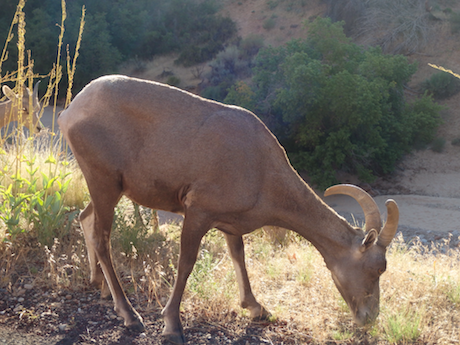
If you think it’s bad in Australia or the US, how about Brazil where 475 million animals a year are struck on the nation’s roads! That’s about 15 animals per second or twice the country’s human population. Brazil is working on creating roadkill hotspots by gathering information from motorists about roadkill they see. The information is stored and provided in an app that motorists can use to warn them of dangerous zones.
An app could be handy, or maybe roadkill hotspots on a GPS like speed camera alerts. Until such hi-tech solutions are available, there are other lo-tech tips you can follow to avoid becoming roadkill and preserving our wildlife.
TIME
Obviously the most important is to avoid riding between dusk and early morning. This is when animals tend to roam around for food and when their brown hides are more difficult to see. But I’ve also known riders to hit animals in the middle of the day, so there is no time when you are totally safe. You always need to be on alert.
SCAN
You should always be scanning the sides of the road for animals – dead or alive. Early detection can help prevent a collision by giving you time to slow down and work out an exit strategy. Don’t just use your eyes … use your nose, too. If you smell roadkill, it means there are more animals about.
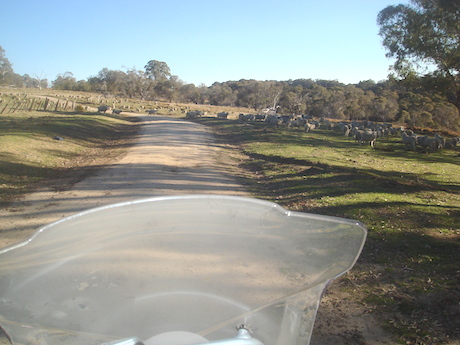
ROAD POSITION
If there is dense bush on one side of the road, ride close to the edge of the lane as far away from the bush as possible. In remote country regions, you can even ride on the opposite side of the road for a short while to give you as much distance as possible from animals lurking in roadside bushes and trees. The common country tip is to ride in the centre of the road to give yourself the maximum buffer zone.
 SLOW DOWN
SLOW DOWN
Slow down when the danger increases, if dense bush is close to the road, or when entering a national park or when riding through unfenced farming land. If you do encounter an animal on the road, the only way to avoid hitting it is to slow down. Hitting or glancing even a small animal at speed can send you flying. Wash off as much speed as you can and hold your course. Wait until the last second to decide on avoidance action.
BEHAVIOUR
Some animals behave more predictably than others. Usually packs of animals will head in the same direction, so you simply aim for the rear of the pack. However, I’ve aimed for the rear of a herd of sheep only to have them do a complete u-turn (ewe-turn?) and surround my bike. Luckily I was able to slow down and just bounce off a couple.
WHISTLES
I’ve tried one of those devices that you place on the front of your bike that creates a high-pitched whistle which apparently only animals can hear. The noise is supposed to disperse the animals. However, I find it doesn’t work on kangaroos for which it is mainly intended, but it does work on birds.

BIRDS
Don’t underrate the effect of large birds to cause havoc for riders. I’ve had my hand knocked off the handlebars when I hit a crow at highway speeds. I’d hate to hit one of those big eagles! If you see birds on the road, they are probably picking at roadkill and are too preoccupied to notice your approaching bike. Don’t just hope that they will disperse. Give them a warning honk in plenty of time so they will scatter.
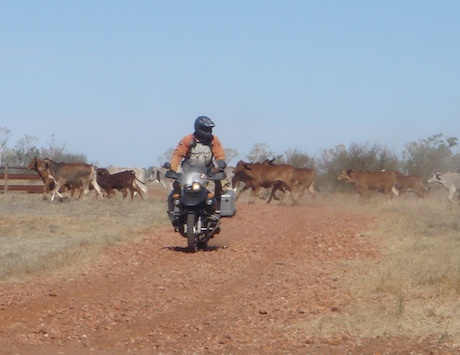
NOISES
A friend of mine with a Goldwing claims the loud stereo on his bike works to disperse roos and other wildlife. I’ve tucked in behind him and seen it in action and he’s right. Any loud noise will work. Sudden noises are better than the constant whine or rumble of your approaching bike. Gun the engine every now and then, or blow the horn especially as you crest a hill or round a blind corner. It alerts the animals and hopefully they will head for the bushes. I have never seen as many kangaroos in one place as I did when riding through the Brindabella National Park west of Canberra. I was blowing the horn so frequently I just resorted to doing it every 10 seconds, just in case.
LIVESTOCK
Most livestock allowed to roam beside the roads are accustomed to the noise of traffic and won’t be alarmed. However, young animals and horses can be quite skittish, so it is best to slow down and even pull in the clutch to quieten your exhaust noise as you roll by. A good indication of livestock ahead is their manure on the road.
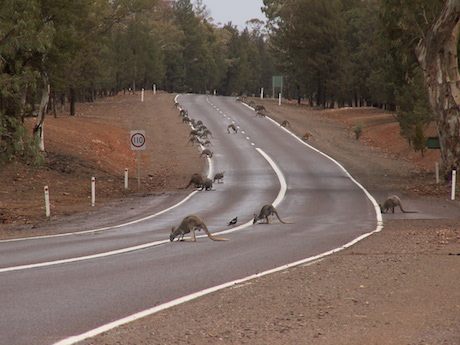
ROOS
I’ve encountered just about every type of wildlife and livestock possible in Australia and many in the US, but the most unpredictable would have to be the kangaroo. It stops, looks at you, then hops away, then turns around and hops straight back in your path. Sometimes they just dart out of the bushes and run straight into you. A friend had his front wheel taken out from under him by a small rock wallaby. He didn’t even see it; next thing he was sliding along the ground. Roos are in plague proportions and are a menace on our roads. Sorry to all animal lovers, but I’m in full support of culling their population. Meanwhile, the best course of action if you see a kangaroo at the side of the road and you are travelling too fast to be able to stop is not to blow the horn. That will only startle it into an erratic response. Most times a roo on the side of the road will be too busy grazing on the “green pick” to be startled by the gradually increasing rumble of your approaching bike.
VERDICT
There is no simple guaranteed answer to prevent you from becoming roadkill and protecting our wildlife, but if you use some of these tips, it you should increase your chances of a safe ride.


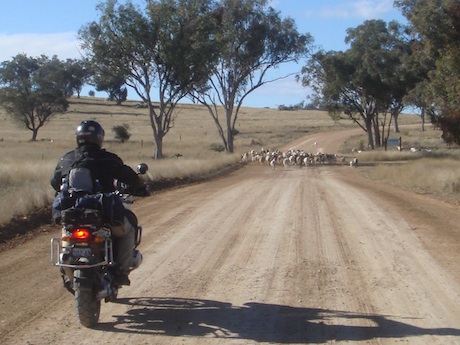
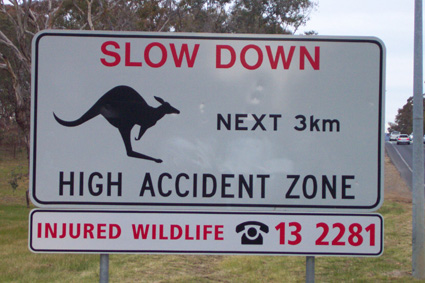 SLOW DOWN
SLOW DOWN